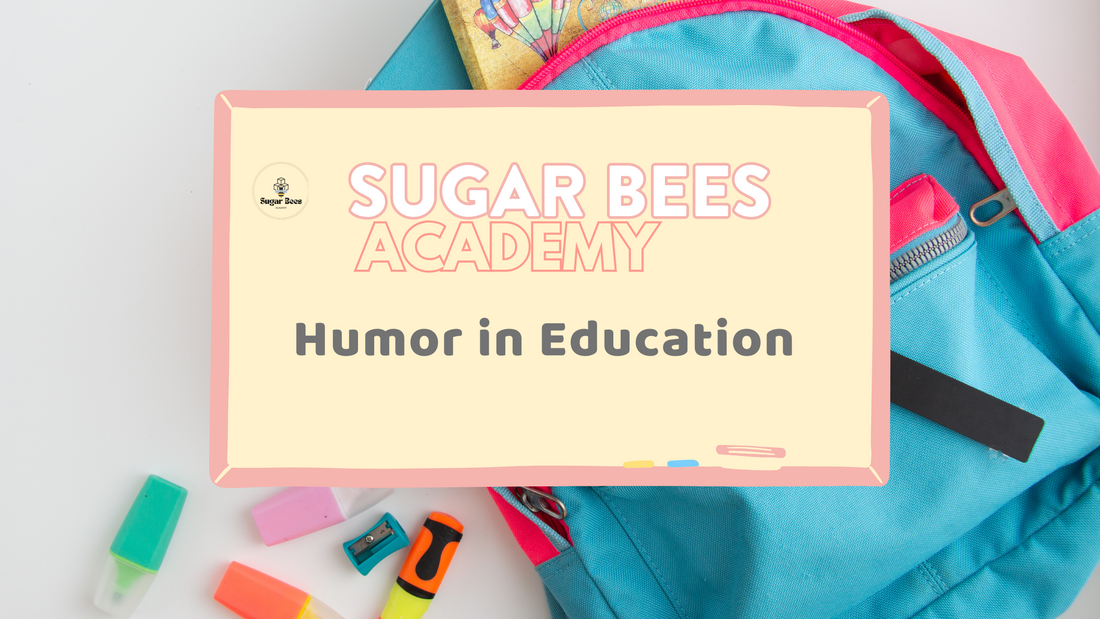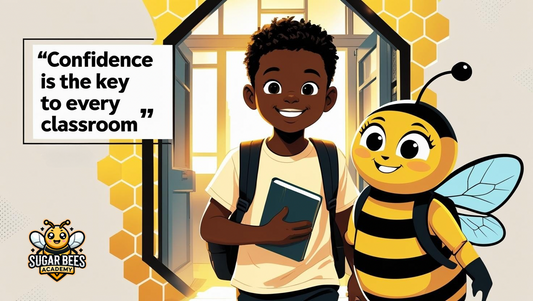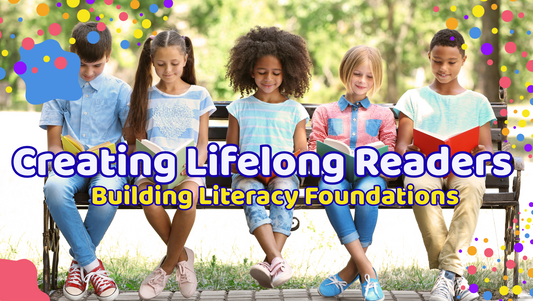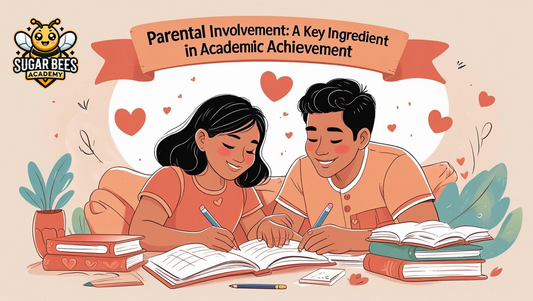
Humor in Education: How Laughter Enhances Learning and Well-being
Share
Introduction
Humor is often regarded as a pleasant addition to our daily lives, but its role in education goes far beyond mere entertainment. Integrating humor into the classroom can significantly enhance learning and well-being. At Sugar Bees Academy, we believe in the power of laughter to create a positive and engaging learning environment. This blog post explores the benefits of humor in education and offers practical strategies for incorporating it into teaching practices.
The Benefits of Humor in Education
1. Reduces Stress and Anxiety
Laughter is a natural stress reliever. When students laugh, their bodies release endorphins, which help reduce stress and promote a sense of well-being. In a classroom setting, humor can create a relaxed atmosphere where students feel more comfortable and less anxious, making it easier for them to engage with the material and participate in discussions.
2. Enhances Memory and Retention
Humor can improve memory and retention by making learning experiences more enjoyable and memorable. When students find content amusing, they are more likely to remember it. Funny anecdotes, jokes, and humorous examples can serve as cognitive anchors, helping students recall information more effectively.
3. Increases Engagement and Motivation
Humor captures students' attention and keeps them engaged. A teacher who incorporates humor into lessons can maintain students' interest and make learning more enjoyable. This increased engagement can lead to higher motivation and a greater willingness to participate in class activities and complete assignments.
4. Fosters a Positive Learning Environment
A classroom filled with laughter is a positive and welcoming space. Humor helps build strong relationships between teachers and students, fostering a sense of community and trust. When students feel connected to their teacher and peers, they are more likely to take risks, ask questions, and collaborate effectively.
5. Encourages Creativity and Critical Thinking
Humor often involves creative thinking and problem-solving. By encouraging students to think outside the box and view situations from different perspectives, humor can stimulate creativity and critical thinking. Activities that incorporate humor, such as improvisation exercises or creative storytelling, can help develop these essential skills.
Strategies for Incorporating Humor in the Classroom
1. Use Funny Examples and Anecdotes
Integrating funny examples and anecdotes into lessons can make complex or dry material more relatable and engaging. Teachers can draw from their own experiences or find humorous stories related to the subject matter. These examples can help illustrate key concepts and make them more memorable for students.
2. Incorporate Educational Games and Activities
Educational games and activities that involve humor can make learning fun and interactive. Teachers can design trivia quizzes, word games, or role-playing scenarios that incorporate humor and encourage student participation. These activities can break up the monotony of traditional lectures and keep students actively engaged.
3. Encourage Student-Generated Humor
Allowing students to create and share their own humor can be a powerful tool for learning. Teachers can encourage students to come up with funny presentations, skits, or comic strips related to the lesson content. This not only makes learning enjoyable but also gives students the opportunity to express their creativity and deepen their understanding of the material.
4. Use Visual Humor
Visual humor, such as cartoons, memes, and funny videos, can be effective in capturing students' attention and reinforcing lesson content. Teachers can incorporate visual humor into their presentations or assignments to make learning more visually appealing and entertaining.
5. Maintain a Lighthearted Teaching Style
A teacher's demeanor and approach can significantly impact the classroom atmosphere. Maintaining a lighthearted and approachable teaching style can help create a positive and enjoyable learning environment. Teachers should be mindful of their tone, body language, and willingness to laugh with their students.
The Role of Humor in Student Well-being
1. Builds Resilience
Humor can help students develop resilience by providing a healthy way to cope with challenges and setbacks. Laughing at minor mistakes or difficulties can reduce their impact and help students maintain a positive outlook. This resilience is crucial for academic success and personal growth.
2. Enhances Social Skills
Humor can improve students' social skills by encouraging interaction and collaboration. Group activities that involve humor can help students build relationships, improve communication, and work effectively as a team. These social skills are essential for success both inside and outside the classroom.
3. Supports Emotional Development
Laughter and humor play a significant role in emotional development. They can help students express their emotions, reduce feelings of isolation, and build self-esteem. A classroom environment that embraces humor supports students' emotional well-being and overall mental health.
Conclusion
Humor is a powerful tool that can enhance learning and well-being in the classroom. By reducing stress, improving memory, increasing engagement, fostering a positive environment, and encouraging creativity, humor can significantly benefit students' educational experiences. At Sugar Bees Academy, we are committed to incorporating humor into our teaching practices to create a joyful and effective learning environment. By using funny examples, educational games, student-generated humor, visual humor, and maintaining a lighthearted teaching style, educators can harness the power of laughter to support student success.



